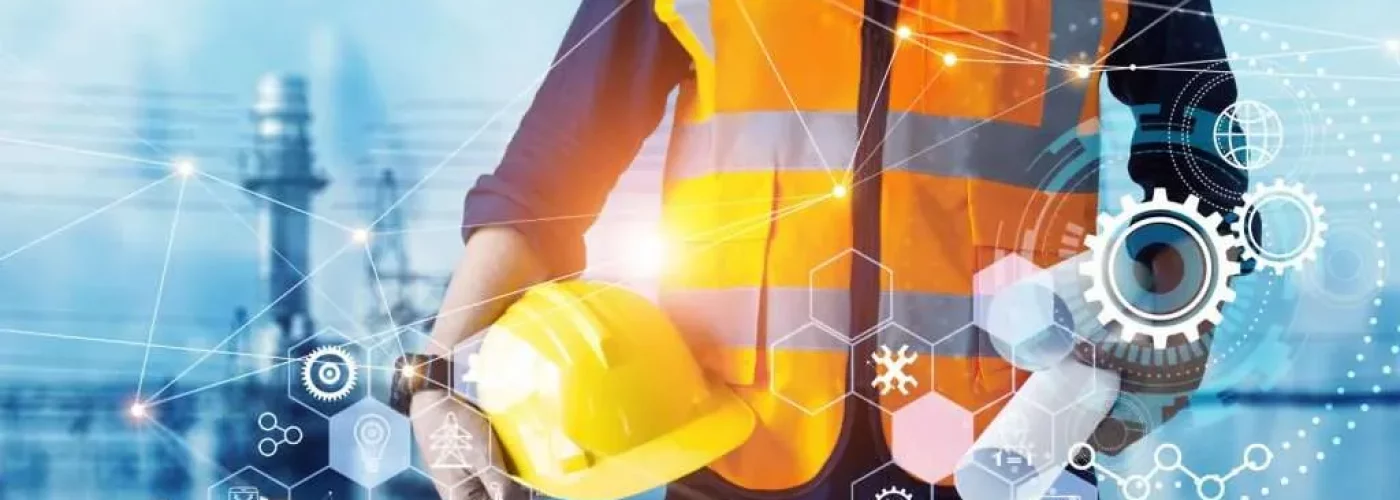Health and safety matters are serious business, and nothing short of essential for businesses of any stripe to address and maintain. The construction industry, though, is one of the most dangerous industries in which to work, owing to the myriad risks inherent to active construction sites – rendering contractors and building organisations’ commitments to workplace safety all the more important.
There are, naturally, legal consequences for any given business’ failure to remain compliant with health and safety legislation – and indeed, health and safety legislation is often recognised as the driving force behind increased worker safety standards.
While this may be true, there is also a moral imperative placed on organisations to ensure their staff are kept as safe as possible. Not only this, but there are financial implications for failures to do so, whether in the form of delayed progress, reduced staff capacity or compensation owed through civil accident claims.
The Facts
The construction industry is one of the most dangerous industries in which to work, owing to the myriad risks inherent to active construction sites. According to the Health and Safety Executive (HSE), construction is responsible for the largest proportion of work-related casualties in the UK; between 2021 and 2022, 30 construction workers were involved in a fatal accident at work.
The HSE figures also reveal the leading causes for fatal injuries across industries, with falling from height the single biggest cause of workplace fatality. Of the 123 workers who suffered a fatal injury at work between 2021 and 2022, 29 were as a result of falls from height. The next-closest causes of workplace fatality being struck by a moving vehicle or moving object – which caused 23 deaths and 18 deaths respectively.
Technology and Improvements to Safety
Though every workplace injury or casualty is failure in and of itself, workplace safety has nonetheless improved over the past few decades – with technological development a key factor in this improvement. Tools and equipment are more reliable and longer-lasting as a result of new innovations in material, design and manufacture; likewise, new safety features and items of PPE are possible with new tech-led design principles.
This naturally raises the question of what the future of safety in construction looks like. What is the future of technological advancement, and how can this future impact worker safety in tangible ways?
AI Solutions
Perhaps the defining technological development of the digital age is based in software and algorithms, as ‘artificial intelligence’ technology grows in stature and commercial capability. In construction, machine learning algorithms can be used to tangibly reduce incidences of injury in the workplace – but how?
AI software can be used to automate a number of tasks, including the monitoring of security systems and video feeds. By teaching an algorithm how to recognise the markers for a potential incident, it can recognise accidents in-the-making and effect responses quicker than a human can, and with less margin for error. It can also take on project management duties and assign relevant training to workers given high-risk roles.
Building, Design & Construction Magazine | The Choice of Industry Professionals





